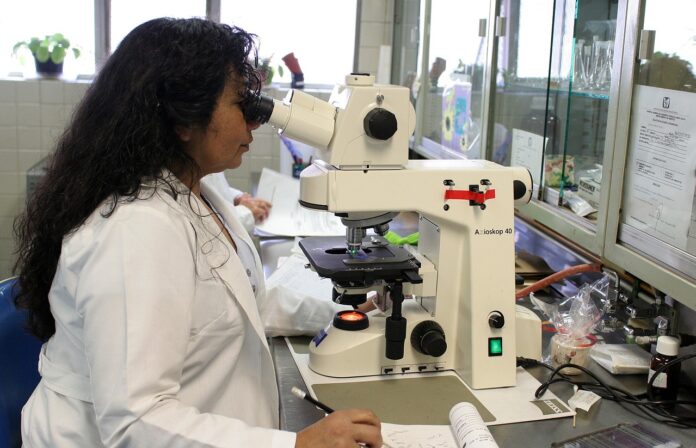Are you intrigued by scientific analysis methods? Do you ever wonder how we can examine the composition of materials without destroying them? If so, XRF analysis might be a topic of interest for you. Let’s delve into this fascinating technique and explore its basis, applications, and benefits.
Understanding XRF Analysis
XRF, which stands for X-ray fluorescence, is a non-destructive analytical technique used to determine the elemental composition of materials. It’s based on the principle that individual atoms, when excited by an external energy source, emit X-ray fluorescence of specific energies. These energies, unique to each element, are then detected and measured to determine the material’s composition.
The Science Behind XRF
When a material is subjected to high-energy X-rays or gamma rays, the radiation can displace electrons from the inner shells of the material’s atoms. This displacement creates an unstable state, and in an attempt to regain stability, electrons from higher energy levels fill these vacancies. The transition results in the emission of fluorescent X-rays with characteristic energies specific to the element from which they originated. By measuring the energies and intensities of these fluorescent X-rays, it’s possible to determine the elements present in the material and their quantities.
Applications of XRF Analysis
The non-destructive nature of XRF analysis makes it a preferred method in many fields. In archaeology, it’s used to analyze the composition of artifacts and pottery, providing valuable insights into ancient cultures. In the environmental sector, it helps in soil and water testing for harmful pollutants.
The industrial sector also extensively uses XRF analysis. It’s used in the quality control of products to ensure their safety and compliance with regulations. In the mining industry, it’s used to identify and measure the concentration of valuable metals in ore samples.
The Benefits of XRF Analysis
One of the main advantages of XRF analysis is its non-destructive nature, allowing for the preservation of the original sample. Additionally, it provides accurate and rapid results, making it a practical choice for many applications. Furthermore, XRF analysis requires minimal sample preparation, which can significantly reduce the time and cost associated with the analysis process.
Conclusion
In conclusion, XRF analysis is a powerful tool in material analysis. Its ability to accurately determine the elemental composition of materials without damaging them makes it an invaluable technique in many fields. By understanding what XRF analysis is and how it works, we can appreciate the crucial role it plays in advancing our knowledge and improving our quality of life.
So next time you come across an ancient artifact, a quality controlled product, or a report on environmental pollution, remember the role XRF analysis might have played in bringing that information to light.
Check more about: https://pdinstruments.com/en/fusion-technology/vulcan.html








